Both MPPT and PWM charge controllers are frequently employed when using solar energy to recharge batteries. The terms MPPT and PWM may be familiar to you if you're interested in solar power for the off-grid building, camping, or home power backup.
- Maximum Power Point Tracking Controller (MPPT)
- Pulse Width Modulation Controller (PWM)
While managing off-grid PV systems, adequate battery charging is a crucial factor to consider. Hence, it is much more critical than you might realize to include the proper solar charge controller in your system. On this page, you will discover what MPPT and PWM are, MPPT vs. PWM, and how to select the best solar charge controller.
What Are The MPPT and PWM Controller
By controlling the amount and rate of charge to your batteries, the solar charge controller, located between the energy source and storage, avoids overcharging batteries. Additionally, they stop battery drain by turning off the device if the amount of power stored drops below 50% of its maximum level and charge the batteries at the proper voltage. The batteries' life and health are preserved as a result.
MPPT Solar Charge Controller
Maximum Power Point Tracker controllers are typically more expensive than PWM controllers because they are more efficient and complicated. The electronics enable MPPT controllers to control the solar panel's Maximum Power Voltage (Vmp). Our Tracer 3210An series has a reported efficiency of 98% thanks to this, which offers 5-25% greater efficiency than the PWM.
Also, using an MPPT charge controller when your PV arrays are more significant is more economical because they often operate at a greater voltage than your batteries. It allows the controller to capture more solar energy by turning all the excess voltage into the current.

PWM Solar Charge Controller
Compared to the MPPT, a PWM charge controller has a simpler charging function. Due to the charging function's simplification in design, an average PWM charge controller will only have 75–80% efficiency, which means it will not convert all of the solar panel's higher voltage potential into the current.
Pulse Width Modulation is abbreviated as PWM. PWM charge management devices can be considered electrical switches between batteries, which can be turned on and off rapidly. As a result, the batteries can be charged at the specified voltage. A gradual reduction in charge current will occur as the batteries charge.

MPPT VS. PWM: What Differences
Everyone would use MPPT controllers if maximizing charging capacity were the only consideration when choosing a solar controller. Nonetheless, the two technologies are distinct, and each has unique benefits. Concerning MPPT vs. PWM, the choice is based on the site's characteristics, the components of the system, the size of the array, and the cost.
MPPT VS. PWM: Appearance
Both MPPT and PWM controllers include electrical connectors for connecting the batteries and solar panels, and they look very similar. Both also have LED lights to check how things are working. The size and weight of MPPT charge controllers are greater. Because they don't require large DC-DC convertor coils, PWM charge controllers are typically smaller.
MPPT VS. PWM: Working Principle
The technology in the MPPT controller is more advanced and effective. The MPPT charge controller converts high to low-voltage power using a DC-to-DC converter. To always supply the batteries with the maximum power point, it monitors the maximum power point that the solar array can produce and balances voltage and current by the P = V x I equation. The voltage will equal the battery bank, as shown in the image below, but the current will rise.
- The panel's open circuit (Voc) voltage must be lower than the allowed value.
- For the controller to "kick in," the VOC must be higher than the "start voltage."
- The maximum panel short circuit current (Isc) has to fall within the predetermined range.
- The maximum array wattage - some controllers let this be "oversized," for instance, the Redarc Manager 30 can have up to 520W attached.

The PWM controller acts as an electrical switch to connect the batteries and the solar panel directly. When the battery has to be charged, the switch can open and close at predetermined intervals. When the switch is completed, the PV array's voltage is forced to match the battery's voltage. Thus, utilizing a PWM controller will result in a significantly reduced power output. The voltage is concentrated in the diagram below to match the battery voltage, but the current remains unchanged. This is due to the PWM's need for current adjustment.
- When the charger mode is set to bulk charge, the switch is ON.
- To maintain the battery voltage at the absorption voltage, the switch is "flicked" ON and OFF as necessary.
- After absorption is complete and the battery voltage reaches the float voltage, the switch is turned off.
- To maintain the battery voltage at the float voltage, the switch is once more "flicked" ON and OFF as necessary.

MPPT VS. PWM: Temperature
The PV system gets hotter when the sun shines on the solar panel. The open-circuit and maximum power point voltage decrease when a solar-heated panel warms up, but the current stays constant.
An MPPT controller may extract more power from a solar array under colder temperatures than a PWM model can since the operating voltage at maximum power point at Standard Testing Conditions (25C°) is approximately 20V, and the battery voltage is about 13.5V. In chilly temperatures, an MPPT controller can generate up to 20–25% more than a PWM controller.
A PWM controller, in contrast, is unable to change either the voltage or the current because the pulse width modulation technology meets the low battery voltage and the corresponding current in the I-V curve.

MPPT VS. PWM: Costs
PWM charge controllers cost little money. Several inexpensive PWMs are available online for $15–25. However, when purchasing one, caveat emptor is unquestionably in effect. Better ones start at roughly $40 to $50. Yet, the price of the more effective MPPT charge controllers can range from $80 to $500, depending on the voltage and current (A) rating. The cost will play a significant role in your choice.
MPPT VS. PWM: Shading of Panels
The P-V curve has just one maximum power point (MPP) when a solar array runs with evenly distributed solar radiation over its surface. Trees, clouds, or other objects may block some sun rays outdoors. The MPPT controllers can track the several maximum power points that the partial shade produces and set the highest MPP as the operation point. Still, the fundamental operation of a PWM cannot manage this scenario.
MPPT VS. PWM: PV or Battery Voltage
With both varieties of charge controllers, for the battery to charge, the PV voltage must be higher than the battery voltage. Regardless of the PV voltage and battery voltage differences, MPPT charge controllers perform effectively. For instance, with an MPPT, a 36V solar array may effectively charge a 12V battery.
When the solar panel voltage, or incoming PV voltage, is near the battery voltage, PWM charge controllers perform at their best. With multiple PWMs, a 12V solar array and 12V battery provide the optimum configuration. A PWM charge controller will be less effective, with a more significant discrepancy between PV and battery voltage.
MPPT VS. PWM: Series vs Parallel Connections
But series wiring isn't always the best choice. For instance, parallel wiring is functional when the panels are frequently exposed to various lighting conditions. You can connect more solar panels in series with MPPTs because they nearly invariably have larger PV voltage limits than PWMs. For instance, 100 volts is a typical PV voltage limit for MPPTs. As the open circuit voltage (Voc) of many common 12V 100W solar panels is roughly 22V, you could series-connect up to 4 without exceeding this limit.
You must typically connect many solar panels in parallel when connecting them to a PWM. This is because many PWMs only support one or two 12V solar panels connected in series due to low PV voltage constraints (e.g., 25V or 50V).
MPPT VS. PWM: Pros & Cons
The functions of MPPT and PWM charge controllers in a solar power system are identical. For your convenience, we create a list of MPPT vs. PWM pros and cons.
|
Solar Charge Controller |
Pros |
Cons |
|
MPPT |
1. Maximum Power voltage Tracking up to 99% AIP Conversion rate. 2. Multi-charging maintains the battery's health. 3. Available for purchase in a sizeable off-grid power system. 4. Available for 100 Amp solar systems. 5. Provide flexibility when system expansion is necessary. 6. Multiple protection. |
1. Costly Pricing (usually cost twice of a PWM Charge Controller). 2. Larger than a PWM regulator in size. |
|
PWM |
1. PWM controller uses sophisticated and tested methods. 2. PWM controller has a simple structure, and the price is lower. 3. Smaller-scale deployments are simple. |
1. Low conversion rate. 2. The battery bank voltage must equal the input voltage. 3. Less scalability for system growth. 4. Inability to handle higher voltages. 5. Less load mode. 6. Less protection. |
How to Choose Your Solar Charge Controller
There you have it—a feature-by-feature comparison of MPPT vs. PWM. The PWM charger still has room, but the MPPT charge controller is better than the PWM charge controller.
- MPPT Charge Controller:The best option for business owners looking for a controller that can handle difficult jobs (Home Power Supply, RV Solar Power, Boat, Hybrid Solar Power, and off-grid power station). Due to its powerful capabilities, it can help you save money by reducing other expenses and gaining a lot of power.
- PWM Charge Controller: It works best for small off-grid power applications with lots of money and little need for additional functionality. The PWM controller is the best option if you only need a simple, affordable charge controller for a modest lighting system that doesn't aim to satisfy the expectations of others.

Why Choose MPPT Over PWM
There are numerous benefits to selecting an MPPT solar charge controller as your perfect PV system component.
- More Energy:Depending on the climate, MPPT controllers boost the energy harvest from solar arrays by 5 to 30% compared to PWM controllers by operating array voltages above the battery voltage.
- Fewer Module Restrictions:Because MPPT controllers run arrays at voltages higher than battery voltage, a more comprehensive range of solar modules and array designs can be employed. They can also accommodate systems with smaller wire diameters.
- Solar Arrays:Unlike PWM controllers, MPPT controllers may support bigger arrays that would otherwise go above the charge controller's maximum operational power restrictions. The controller achieves this by restricting the array's current consumption when solar energy production is at its highest, often in the middle of the day.

Image Credit: www.off-grid-systems.de
Jackery with Best MPPT Solar Charge Controller
Jackery is a solar generator pioneer and top-selling brand recognized by over 100 authorized organizations worldwide. The Jackery Portable Power Station enables efficient solar charging with a built-in MPPT controller. The multi-stage charging procedure of an MPPT charge controller allows it to transition between charge methods depending on the PV condition automatically. The Jackery solar panels transform sun energy into electrical power, which is then stored in portable power stations for later use. With sizable capacities and high operating leverage, the Explorer series satisfy your massive power use for all purposes that you will encounter.

Jackery Solar Generator 300 Plus
The Jackery Solar Generator 300 Plus is a compact solar-powered generator that can power most small to midsize appliances for hours. Its foldable handle ensures easy transportation from one spot to another. Whether you are camping in a remote location or planning a picnic in a nearby location without electrical outlets, the portable solar generator has got your back!
Customer Review
“Great product, we have been camping in the west with no electricity for over two weeks and this solar generator has been great. Well worth the money.” — Mandolyn McConaha.
Jackery Solar Generator 1000 v2
The Jackery Solar Generator 1000 v2 combines portability and power. The large battery capacity ensures that most small to large appliances remain powered for long hours. Whether you want an emergency solar generator to charge essential appliances during power outages or a portable power solution that keeps appliances powered on the move, the Jackery Solar Generator 1000 v2 has your back.
Customer Review
“I use it mainly in the house for TV, Computer, and water boiler. Saved me a lot of money.” — Moe Omran.
Jackery Solar Generator 2000 Plus
The Jackery Solar Generator 2000 Plus is a large solar-powered generator that can power 99% of household or outdoor appliances for long hours. It is a powerful and portable solar generator that can be carried with the help of a pull rod, double wheels, and a foldable handle. It also supports add-on battery packs to extend the capacity from 2kWh to 24kWh, so you can stay safe and comfortable during long-term power outages.
Customer Review
“Bought the 2000 Plus portable power station. It arrived quickly & well packaged. Charged it up to 100% really quickly and a couple weeks later tested it by letting it run my full size fridge. Ran it with no problem all day & half the night for about 16 hrs. Overall I am very satisfied with the product & its service so far.” — Steve Dunn.
|
Product |
Capacity |
Charge Controller |
Ports |
Appliances Running Time |
|
Jackery Solar Generator 300 Plus |
288Wh |
MPPT |
AC Output(x1): 120V, 60Hz, 300W (600W Peak) USB-A Output(x1): 15W Max 5V⎓3A USB-C Output(x1): 15W Max 5V⎓3A USB-C Output(x2): 100W Max, 5V⎓3A (5V, 9V, 12V, 15V, 20V up to 5A) Car Port(x1): 12V⎓10A |
Light (5W) = 15.7H Phone (29W) = 6.0H Laptop (80W) = 2.6H Camera (5W) = 15.7H TV (60W) = 3.3H Drone (60W) = 3.3H Fan (5W) = 15.7H Electric Blanket (55W) = 3.6H |
|
Jackery Solar Generator 1000 v2 |
1070Wh |
MPPT |
AC Output(x3): 120V ~ 60Hz USB-A Output(x1): 18W Max 5-6V⎓3A, 6-9V⎓2A, 9-12V⎓1.5A Car Port(x1):.12V⎓10A USB-C1 Output: 30W Max 5V⎓3A, 9V⎓3A, 12V⎓2.5A, 15V⎓2A, 20V⎓1.5A USB-C2 Output: 100W Max 5V⎓3A, 9V⎓3A, 12V⎓3A, 15V⎓3A, 20V⎓5A |
Light (5W) = 43.8H Refrigerator (300W) = 2.7H CPAP (40W) = 15.9H TV (60W) = 11.6H Portable Heater (900W) = 57 min Kettle (600W) = 1.4H Electric Blanket (55W) = 12.5H |
|
Jackery Solar Generator 2000 Plus |
2042.8Wh |
MPPT |
AC Output(×4):120V~ 60Hz, 20A Max AC Output(×1):120V~ 60Hz, 25A Max USB-A Output(x2): Quick Charge 3.0, 18W Max USB-C Output(x2): 100W Max, (5V, 9V, 12V, 15V, 20V up to 5A) Car Port(x1): 12V⎓10A |
Light (5W) = 55.8H TV (60W) = 19.7H Full-Sized Refrigerator (600W) = 2.6H Coffee Maker (800W) = 2.0H Portable AC (1000W) = 1.6H Microwave (1000W) = 1.6H |
Note: We have calculated the running time of the appliances using mathematical formulas and the actual time may vary.
MPPT VS. PWM FAQs
The following are the frequently asked questions about the MPPT vs PWM:
1. Why is MPPT better than PWM?
The MPPT controller is more worthwhile to purchase than the PWM controller in terms of quality, additional features, investment-output ratio, and various other variables. Several MPPT controllers have Bluetooth remote controls attached, allowing users to read and adjust the controller from a distance.
2. For solar charge controller, which one is better?
No matter how they operate PWM or MPPT, the goal is to control the current flowing from the energy source (a solar array) to the battery to avoid the battery from being overcharged. Whether you choose MPPT or PWM, select a charger with a well-known brand, superior quality, and numerous positive reviews - Jackery is a perfect choice!
3. Is the MPPT controller worth it for a 12v panel system?
For systems using 12-volt panels, an MPPT controller is a wise choice. MPPT offers many advantages, including improved energy transfer efficiency compared to PWM charge controllers. Alternatively, you can select a portable solar generator that combines solar panels with power sources; in terms of conversion efficiency and quality, the Jackery could be the best.
Final Thoughts
In conclusion, check a solar charge controller's operations, the conditions, the functions you would require, and your budget before selecting one for yourself. This page compares MPPT vs. PWM to help you decide which type of charge controller you need. Before buying your charge controller, make sure to take the aspects above into account. Also, Jackery helps to build your solar system with the best MPPT charge controllers in its portable power stations.
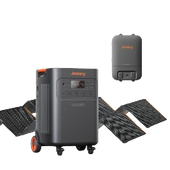
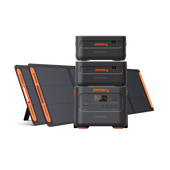
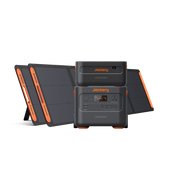
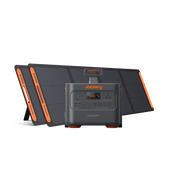

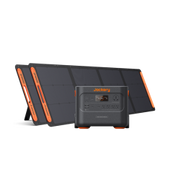
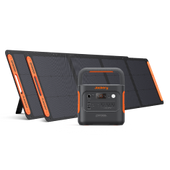

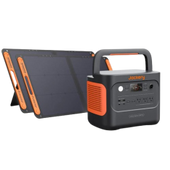
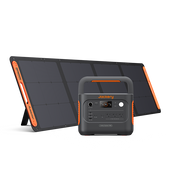
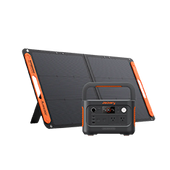

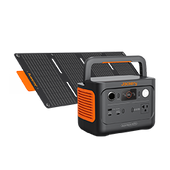
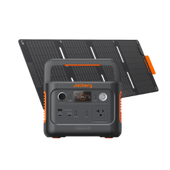
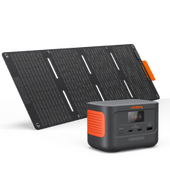
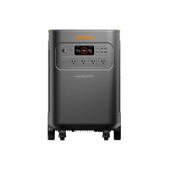

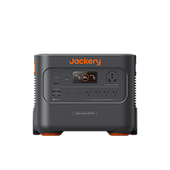
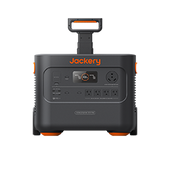
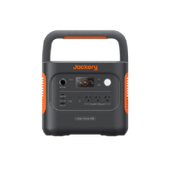
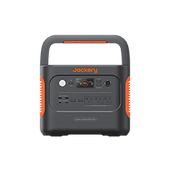
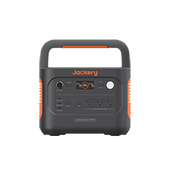
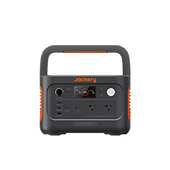
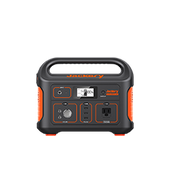
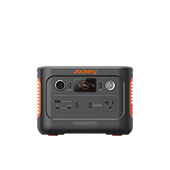

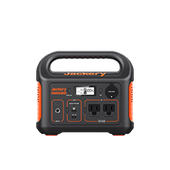
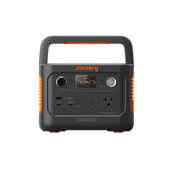
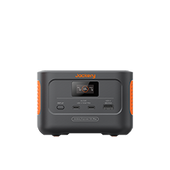



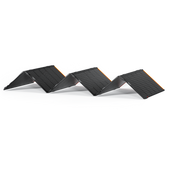
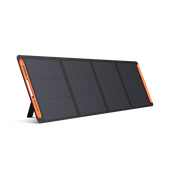
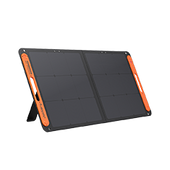
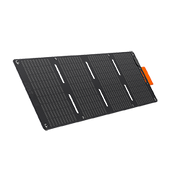
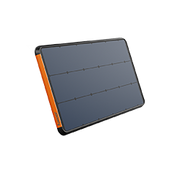
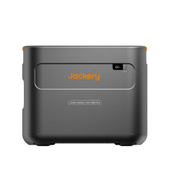
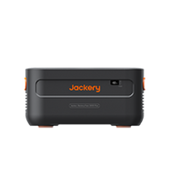
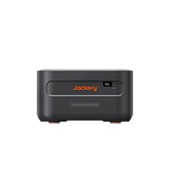

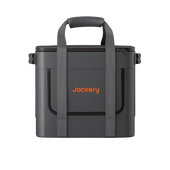

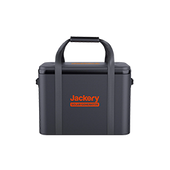
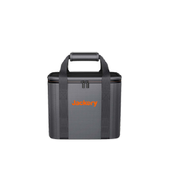
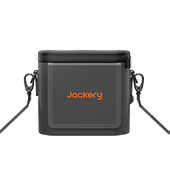
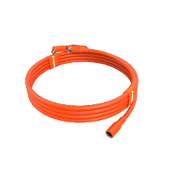

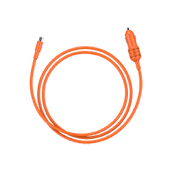

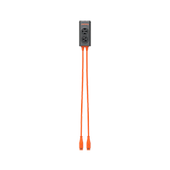
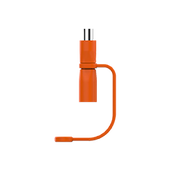
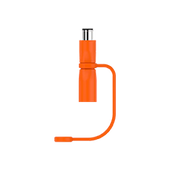
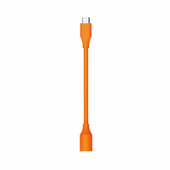
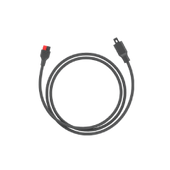
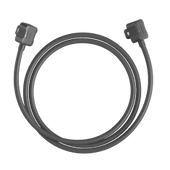
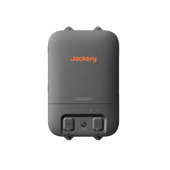
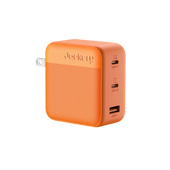

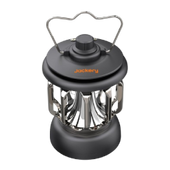


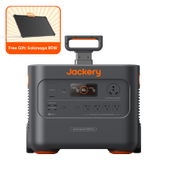
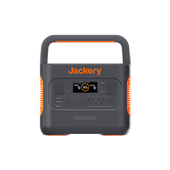
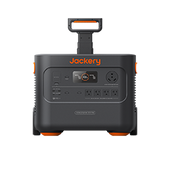
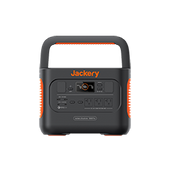
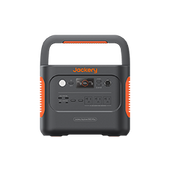
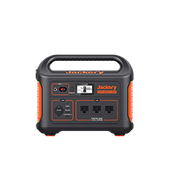
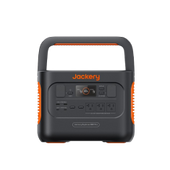
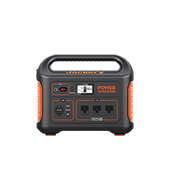
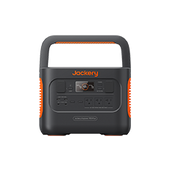
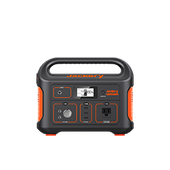
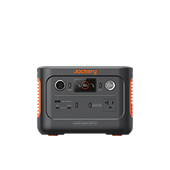
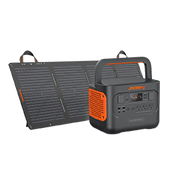
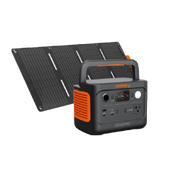
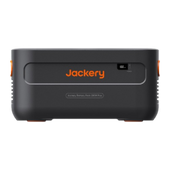
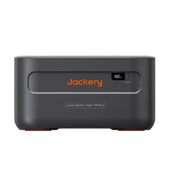


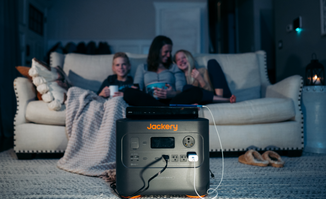




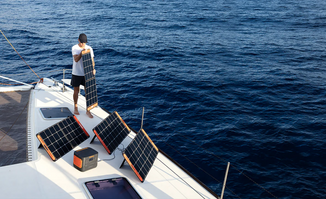






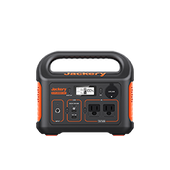

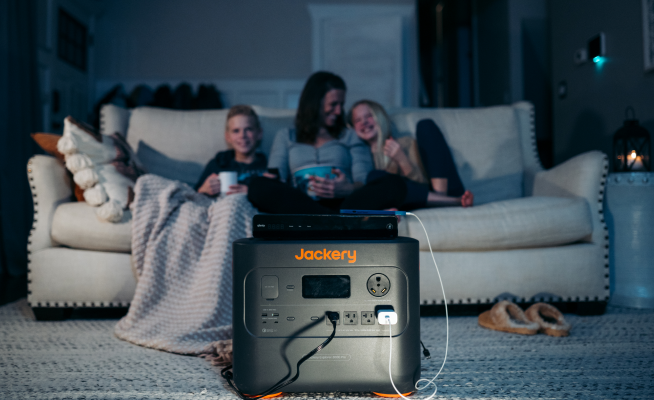


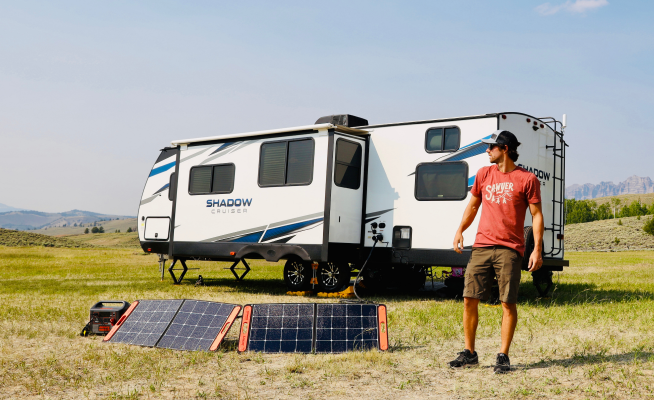

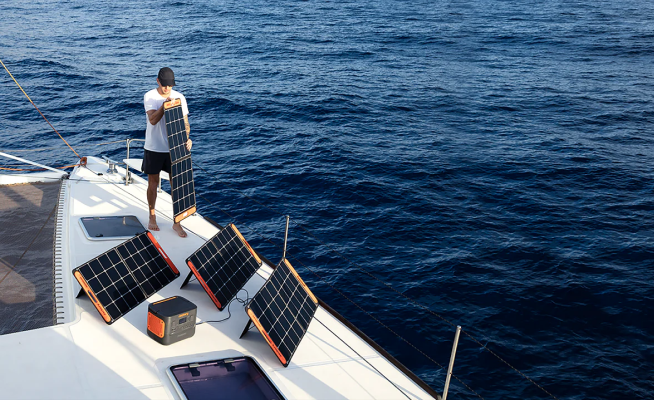















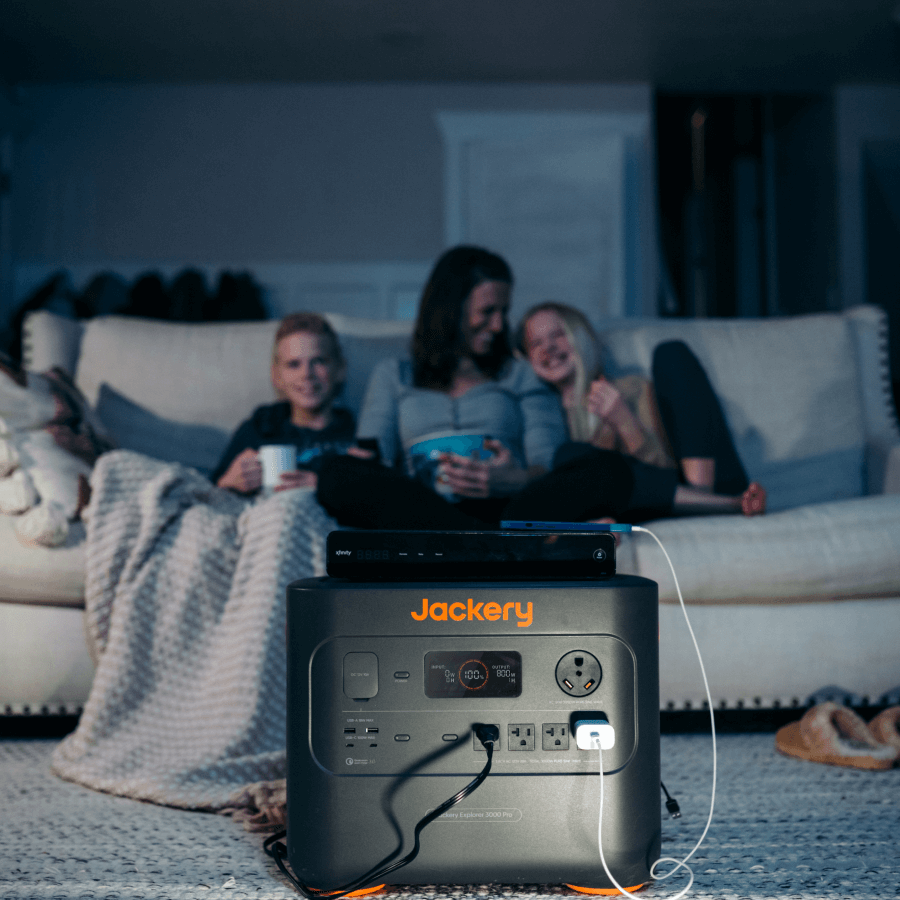

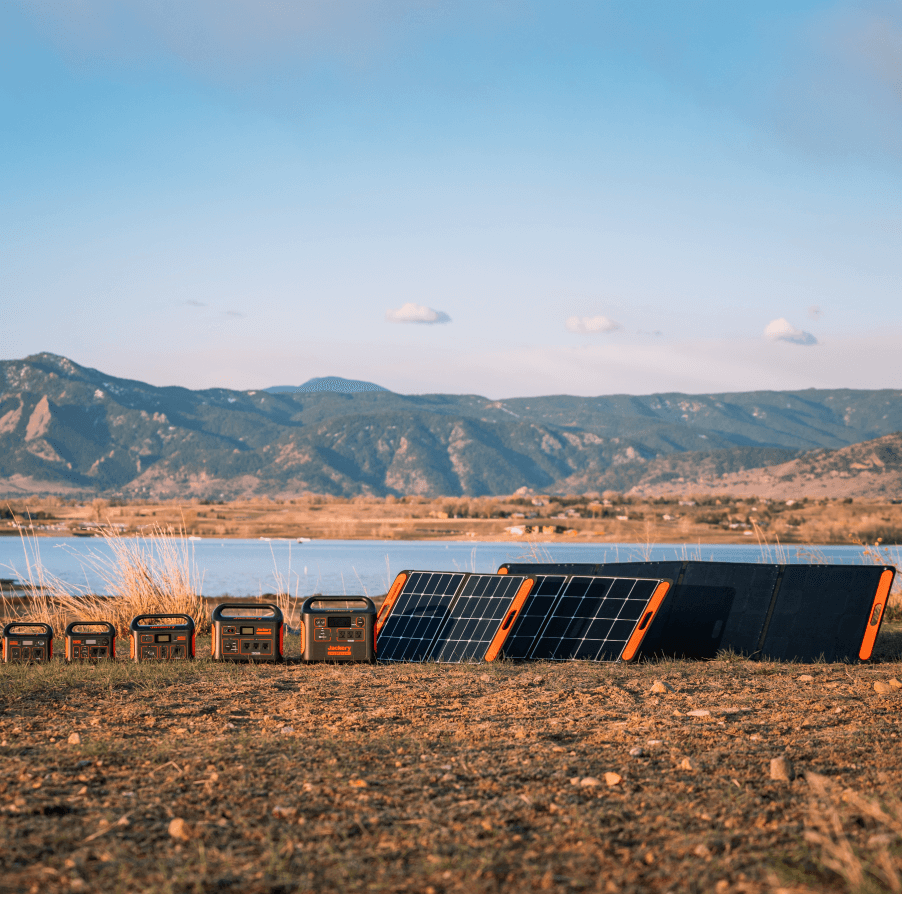

Leave a comment